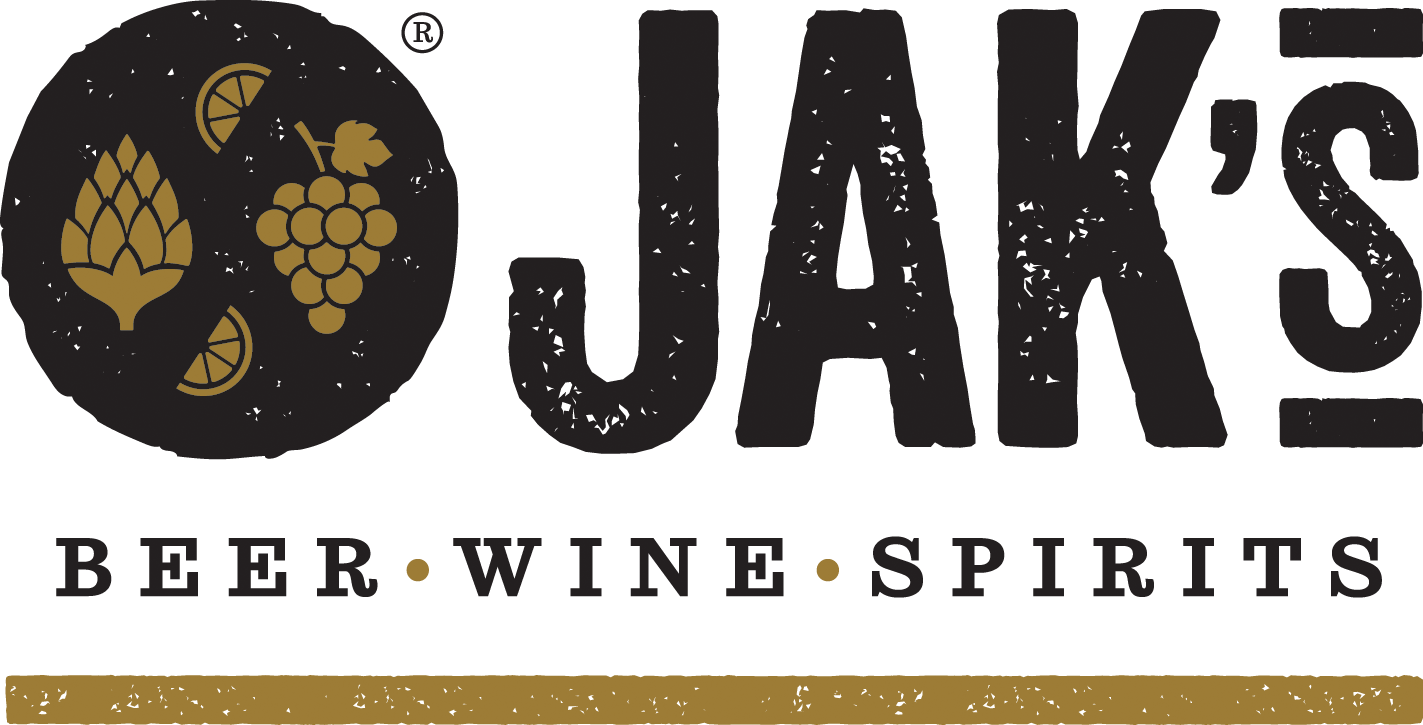Lambrusco – The Refreshing Italian Bubbles That Make Pairings Fun
Once known for its poor reputation as a cheap and cheerful sweet fizz, Lambrusco is now a symbol of quality and food-friendly bubbles. In fact, a glass of this iconic red sparkling wine from Northern Italy can be great as an aperitif as well as with structured second dishes as braised meats.
The Story
The Lambrusco grape has a unique history. There are references from Roman poets and writers such as Virgilio (in his “Quinta Bucolica”) and Cato, who spoke about the "Lambrusca Vitis", a wild vine that used to grow in the countryside. In 1300, the medieval writer and agronomist Pier De Crescenzi, was the first to suggest considering the cultivation of the "Vite Lambrusca" and then to obtain the wine.
The Styles of Lambrusco
Lambrusco is both the name of the wine and of the grape. Made in the regions of Emilia-Romagna and Lombardy, the four main types of Lambrusco grapes are Lambrusco di Sorbara, Lambrusco Maestri, Lambrusco Grasparossa, and Lambrusco Salamino. However, there are more than 60 varieties! What’s more, there is another grape variety called Ancellotta that is sometimes used in the blend.
There is a Lambrusco for everyone. For example, one can enjoy the dry Lambrusco di Sorbara, pale in color and great for appetizers, or the Lambrusco Grasparossa, which is dark and slightly tannic. Most Lambrusco are made with a second fermentation in large stainless-steel tanks, in the so-called Charmat or “Martinotti” method, the same used to produce Prosecco. However, you can find some Lambrusco made with the second fermentation in the bottle in the so-called “Ancestral” method. It is savoury, fresh and highly praised by “natural” wine lovers.
Perfect Lambrusco Pairings
Lambrusco di Sorbara – the “rose” Lambrusco - is a perfect fit for traditional Italian dishes as tortellini. It is ideal with medium aged cheeses and cured meats such as mortadella and pancetta. It can also go very well with roasted vegetables and fried seafood.
Grasparossa – the “dark” and tannic Lambrusco - goes well with tortellini in broth, BBQ meat and meat tacos. You can also enjoy it with aged cheeses as Parmigiano Reggiano and Grana Padano.
Salamino – is the perfect accompaniment to meat-based pastas as Tagliatelle and Lasagne with Ragu sauce.
Join us as we celebrate Lambrusco Day on June 21st with these three amazing wines:
Lambrusco Rosso Reggiano Lini 910 Labrusca – $23.99
A blend of Lambrusco Salamino (85%) and Ancellotta (15%). Fruity, with notes of ripe strawberry, red cherry, licorice and sweet spices. An everyday Lambrusco for good value.
Lambrusco di Castelvetro Grasparossa Villa di Corlo Secco – $26.99
100 % Lambrusco Grasparossa di Castelvetro. This is a dry and slightly tannic dark Lambrusco with vinous and cherry notes. It is organic and one of the finest examples of dry Lambrusco.
De Medici Phermento Lambrusco di Sorbara - $31.99
100% Lambrusco di Sorbara. This is a dry Lambrusco with notes of white strawberries and raspberries. Crispy and with a good persistency in the mouth, it is an ideal aperitif wine.
Giuseppe De Cesare Bio
Born and raised in Italy, he has lived in UK, France, Italy, and Canada. AIS Sommelier and WSET 3 certified, he runs FoodTravelCulture, a gastronomic website and blog which provides introductory courses on food and wine pairing. He is the Wine Specialist at JAK’s South Granville.





